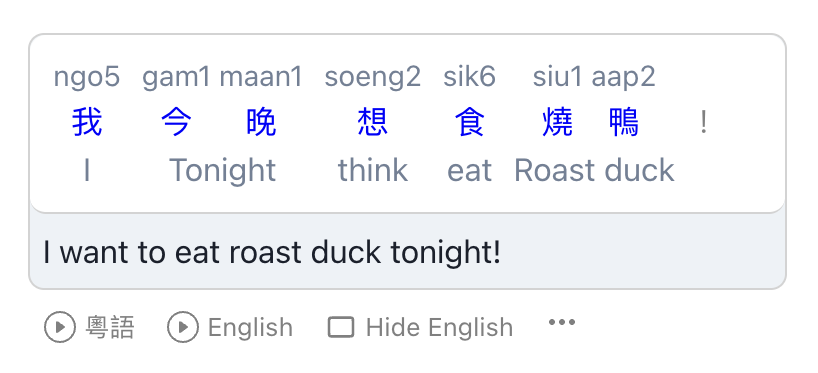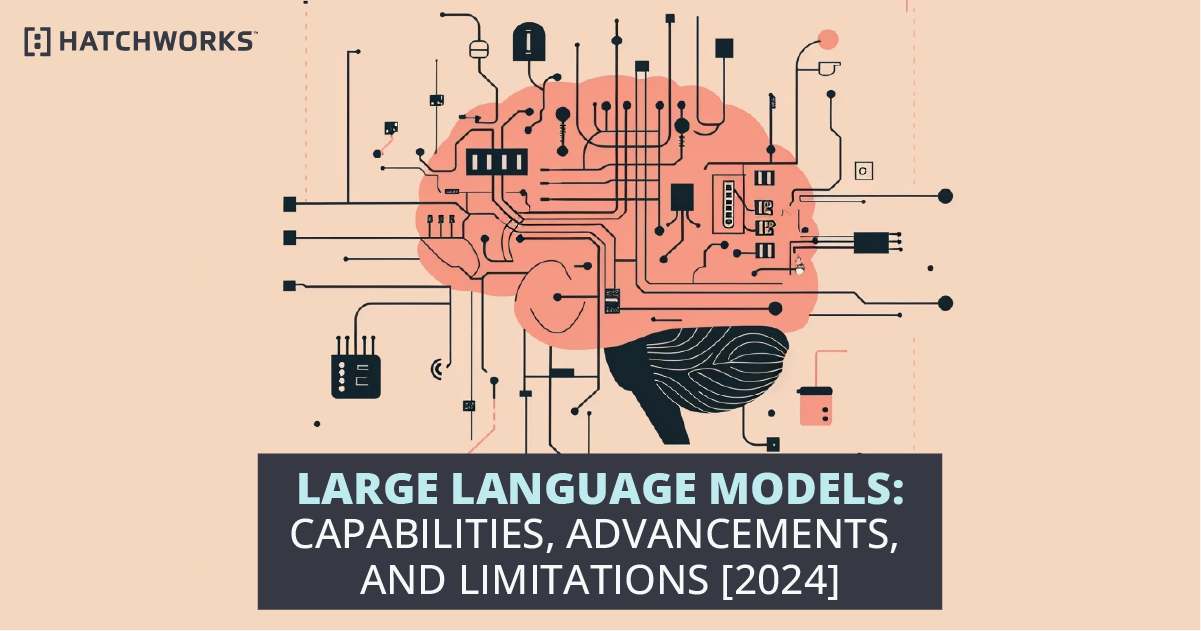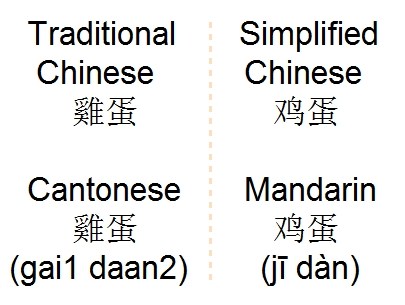Google Translate now supports Cantonese after its biggest expansion
Google has recently added Cantonese to its Google Translate service, as part of its largest-ever expansion that saw 110 new languages being supported. This expansion was made possible with the help of generative artificial intelligence (GenAI) technology.
From now on, users of the app and browser versions of Google Translate can translate between 243 languages, including Cantonese, a Chinese dialect widely spoken in Hong Kong, Macau, parts of the southern Chinese province of Guangdong, as well as some Chinese migrant communities worldwide.

Cantonese - A Highly Requested Language
"Cantonese has long been one of the most requested languages" for the Google Translate service, according to Isaac Caswell, senior software engineer at Google Translate. He mentioned that finding data and training models for Cantonese posed challenges due to its overlap with Mandarin in writing.
Cantonese and Mandarin, both written in Chinese characters, have differences in grammar, terms, and structure. However, with the introduction of Google's PaLM 2 large language model (LLM) over a year ago, Google Translate can now efficiently learn closely related languages like Cantonese.
Advancements in Language Models
The rapid progress in LLMs has led to the development of intelligent AI tools like OpenAI's ChatGPT and Google's Gemini chatbot. These advancements have sparked a competition among Big Tech companies and start-ups to enhance service features and functions.

To further enhance its language capabilities, Google introduced the Gemma 2 LLM, the second generation of lightweight, open-source models that build upon the flagship Gemini models.
Other Supporting Services
While Google Translate now supports Cantonese, it is not the only service offering this feature. Microsoft's Bing search engine translator tool and LLMs from OpenAI also provide Cantonese translation. SenseTime, a Chinese AI pioneer, recently introduced a Cantonese LLM tailored for Hong Kong users.

Despite the availability of other services, Google remains a popular choice among internet users in Hong Kong. The introduction of new languages like Punjabi (Shahmukhi), Awadhi, and Marwadi showcases Google Translate's commitment to inclusivity and accessibility.
Conclusion
With the addition of Cantonese and other languages, Google Translate continues to bridge communication gaps and promote cultural exchange on a global scale. By leveraging advanced AI technology, Google aims to make translation services more accurate, efficient, and user-friendly for people worldwide.




















